Before you start
To sign the declaration you will need someone senior in your organisation (chief executive, leader of council or similar) to approve your application, including the project(s) you’ll contribute to the collective.
To avoid delays, we suggest you:
- identify this person now
- have the conversation with them about signing the Declaration and what it means for your organisation
- work together to agree your organisation’s declaration project commitment(s) before you submit them, making sure they meet the criteria set out below
What are Declaration commitments?
To sign the Declaration, we ask you to make a contribution to the collective by committing to work on a project that helps to realise the Declaration’s ambition. Your declaration projects(s) should be a way for your organisation to experience the Declaration in action.
The project(s) could be anything from redesigning an online form to rethinking how to train digital staff. However, they should promote common standards, share their lessons with our community, and ideally be delivered in collaboration with another local authority or organisation – though this is not necessary.
Commitment(s) should:
- be a project that your organisation will carry out in the next year
- uphold the Local Digital Declaration principles
- answer specific questions, or attempt to solve specific problems rather than organisational-wide problems
While organisation-wide change is vital, we believe that this community will benefit more from sharing smaller, specific case studies. So, rather than citing your organisation’s transformation programme as a commitment, we encourage you to pick smaller elements for your Declaration project.
All Declaration project commitments are published online so that we can learn from each other and identify opportunities to collaborate.
Guidance on completing the sign-up form
The Declaration signup form has 4 fields to explain what you are committing to:
Title: This should summarise, in a few words, the problem you’re trying to solve or the project you’re developing, so that an outsider can quickly understand what they might learn from it.
Partners: List the organisations you’ll work with to deliver your project. You should only list collaborators who have already agreed to work with you, rather than those you hope to work with in the future.
Mission: This should summarise what you hope to have delivered within a year of signing the Declaration, and indicate how you plan to do it. You could include details of:
- what you hope the end result of your project will be
- specific actions you will take as part of the project
- any products or resources you aim to create
Impact: Explain to your peers how you think specific users will benefit from your project. You could include details of:
- how your project will help solve the problem you have identified
- who will be helped by the solution
- what benefits your project will bring, both initially and in the future
- how you will measure the success of your project
- any follow-up activities and/or how the success of the project will drive benefits in the future
Examples of Declaration commitments
Example 1 from a local authority
Title
Using open-standard predictive analytics tools to identify teenagers at risk of dropping out of secondary school
Partners
Local police service, Department for Education and Neighbour Borough Council
Mission
We will create a step-by-step guide that any local authority could use to identify teenagers at risk of dropping out of secondary school. We will work out what data is required, how to access it safely, and which algorithms best identified at-risk teenagers. We also hope to test our assumed reasons for teenage school dropouts to inform better interventions in the future.
Impact
The project aims to reduce the number of teenagers dropping out of secondary school, saving councils money by wasting less on ‘stay in school’ campaigns, which currently don’t seem to be having a big impact in Made-up Metropolitan Borough Council.
Example 2 from central government
Title
Creating a best practice guide or service pattern for administering older persons’ concessionary travel applications
Partners
Local councils x, y, and z
Mission
To design a best practice way to administer older person’s concessionary travel pass applications. We’ll do this by researching how a number of councils currently deliver the service, and what their users need of the service. We’ll then use this research to inform a service pattern that any local authority could use to improve this service quickly and in line with the Declaration principles.
Impact
The aim of the service pattern is to cut the cost of putting applications for older persons’ concessionary travel passes online. It will help councils that use the pattern to eliminate the unnecessary manual processing of applications and reduce the number of calls to contact centres, saving councils money.
The examples above are fictional and solely for the purpose of illustrating a Declaration commitment.
 UK Ministry of Housing, Communities and Local Government (MHCLG)
UK Ministry of Housing, Communities and Local Government (MHCLG) 